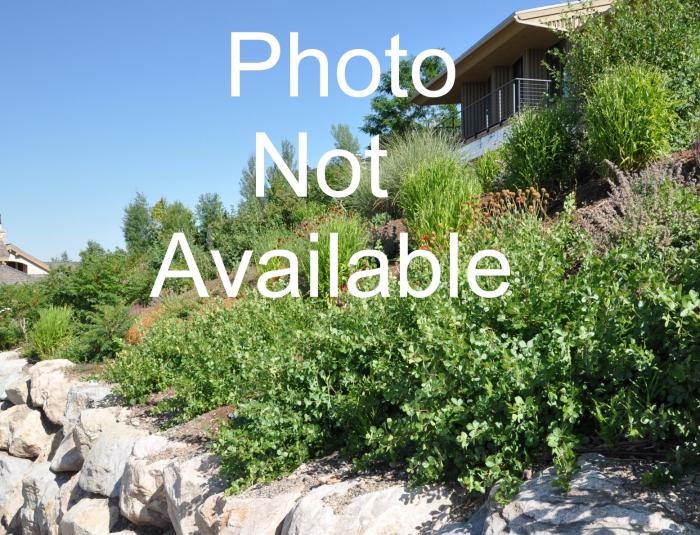| Botanical Name: Aquilegia hybrida 'Nora Barlow' | |
| Common Name: Nora Barlow Columbine |

-
Anatomy
-
Culture
-
Design
Plant Type
Perennial
Height Range
1-3'
Flower Color
Pink, White, Multi-Colored
Flower Season
Spring, Summer
Leaf Color
Green
Bark Color
n/a
Fruit Color
n/a
Fruit Season
n/a
Sun
Full, Half, Shade
Water
Medium, High
Growth Rate
Moderate
Soil Type
Sandy, Clay, Loam
Soil Condition
Average, Rich, Well-drained, Moist
Soil pH
Acid, Neutral
Adverse Factors
n/a
Design Styles
English Cottage, Meadow, Ranch, Woodland
Accenting Features
Showy Flowers
Seasonal Interest
Spring, Summer
Location Uses
Entry, Perennial Border, Patio, Raised Planter, With Rocks
Special Uses
Cut Flowers, Filler, Mass Planting, Naturalizing, Small Spaces
Attracts Wildlife
Hummingbirds
Information by: Stephanie Duer
Photographer: Sunny Border
Photographer: Sunny Border
-
Description
-
Notes
'Nora Barlow' is an unusual small-flowered columbine with Dahlia-like flowers. It is one of the few with double petals but no spurs. Flowers are usually several shades of pink to cream, and bloom a little later than other columbine, generally May to June. They have the same blue-green, deeply lobed leaves as other columbine. Grows about 24 to 20 inches tall and 14 to 18 inches wide.
Grow in well drained, loamy soil in full sun to full shade, though will need more water in full sun situations. Deadheading will usually prolong the bloom season, and as they make lovely cut flowers, snip them off and tuck them in a vase while they are still fresh. Generally, columbine go dormant during the hottest part of the summer; they are also usually a short-lived perennial but are generous reseeders if planted where they are content. Hardy to USDA Zone 3. During blooming, they appreciate regular watering, but as they go dormant, reduce the frequency of irrigation.